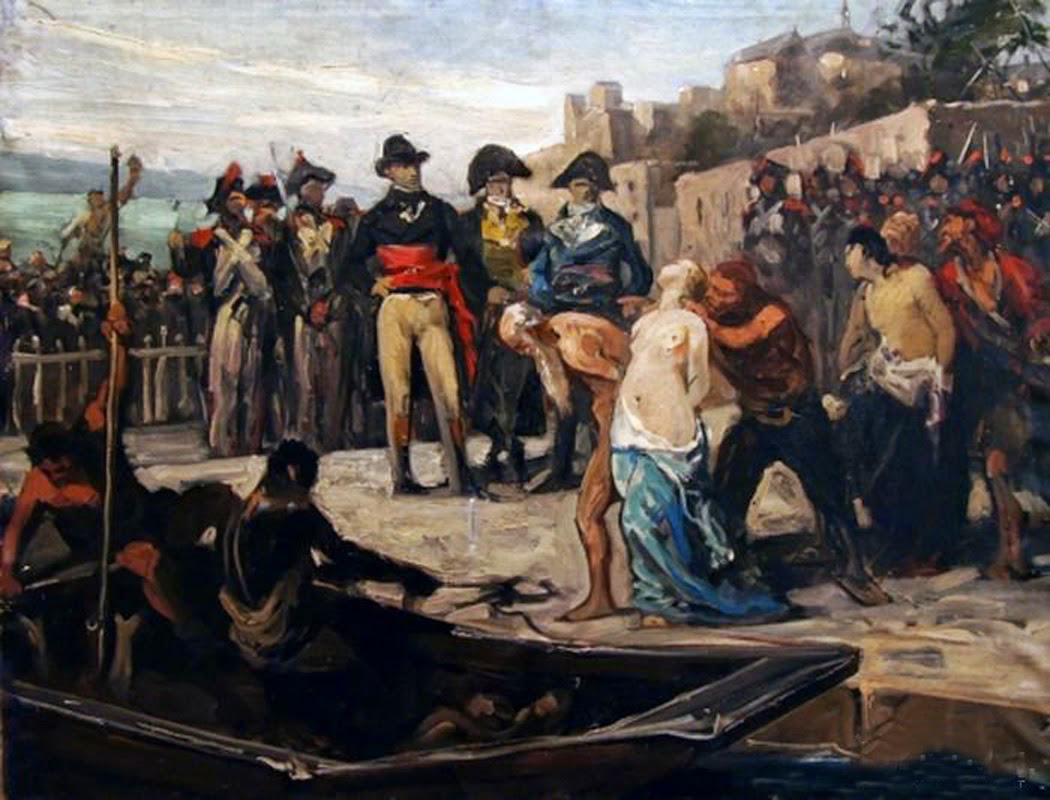The common belief is that before compulsory education the average person was illiterate and uneducated. This, however, is not the case. The amount of income in England spent on education was about 1%, whereas in 1920 after compulsory education had been in place for several decades the amount of money spent on education had dropped to 0.7%. This proves that parents were willing to spend money to have their children educated. In 1880, the year education became mandatory, over 95% of fifteen-year-olds were literate. The process of compulsory education in England started in 1870 with the government building schools to “Fill in the gaps,” or build schools where there was supposedly little or no education before. The fact that it was a “Fill in the gaps,” policy proves that the government did not think that England had a big education problem where everyone was ignorant, but merely wanted to give education to the few who did not have it before. However, once the schools were built they were only about half full. This caused the government schools to lower their fees in order to attract more students since they could pay for them with tax money. Eventually, this lead to, in 1880, education becoming compulsory and in 1891 government schools becoming “free”. This greatly damaged the business of the private schools who could not afford to have free education.

Liberalism today often brings to mind people like Barack Obama or progressives. This, however, is quite the opposite of what liberalism meant classically. Classical Liberalism favors private property rights, limited government, freedom of speech and of the press, and religious freedom. Thomas Jefferson and James Madison were examples of classical liberalists and helped to establish the Virginia statute establishing religious freedom especially for the Baptists there who were regularly brutalized by the Anglicans. Some classical liberal writers were Frederic Bastiat who wrote, “The Law” and Benjamin Constant who was an advocate against the rising sentiment that society should revert back to the liberty of the ancients, and give up their individual rights for a voice in the community.


